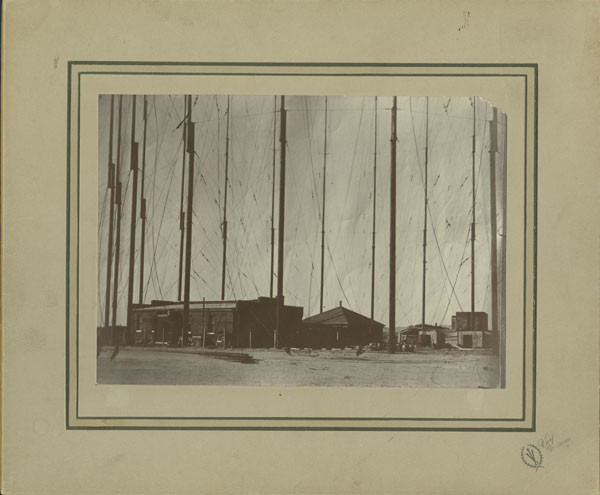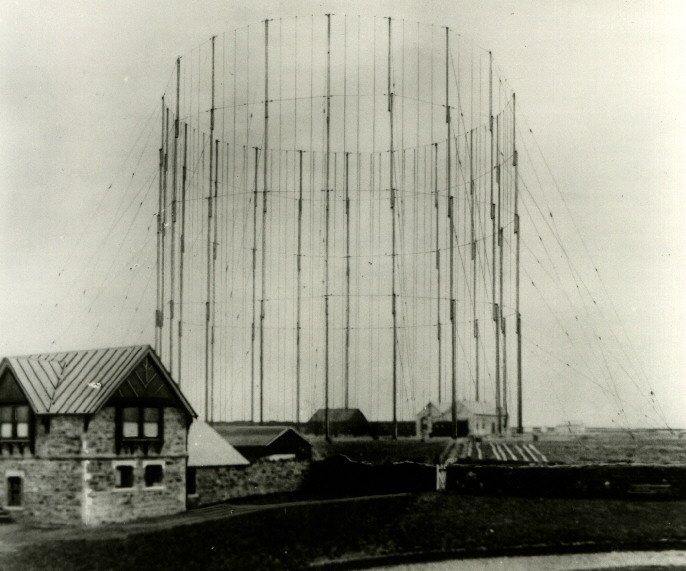Marconi in America
Communicating between North America and Europe would not be easy. Marconi’s message from England to France had to travel about 45 kilometres. If he was going to send a message from Poldhu, England, to Cape Cod, Massachusetts, it would have to cross almost 5,000 kilometres of water. He knew right away that his usual transmitters were not going to be able to do this. He needed a radio bigger and stronger than he had ever built before.
Uncharted Waters
At the time, not much was understood about radio waves. They were known to move in a straight line, like rays of light, so scientists questioned whether they would be able to follow the curvature of the Earth. Many people believed that was impossible. However, they did not yet know about the ionosphere (it would not be discovered for another 23 years). The ionosphere is a layer of the Earth’s atmosphere. Radio waves can bounce off it, sending them back down to the Earth’s surface.
Marconi worked with a team of engineers and physicists to figure out a way to send and receive stronger signals. In order to create one strong enough to cross the Atlantic Ocean, they would need a 25-kilowatt electricity generator. That is nothing by modern standards, but at the time it was a lot of power. The antenna alone was an elaborate system of twenty 60-metre-high poles connected by thousands of metres of wire.
Concerns About Wind
Early on, some of the engineers on the project were worried that the antenna system could not stand up to high winds. It is unclear who chose to ignore this concern. Both the Poldhu and Cape Cod stations were completed as designed in 1901. Marconi used the Poldhu station to perform short-range tests, communicating with Crookhaven, Cork, in Ireland.
Unfortunately, high winds did prove to be a problem. On September 17, 1901, the Poldhu station was almost completely destroyed in a windstorm. Not long after, the Cape Cod station’s antenna system was torn down by high winds. Both stations were rendered useless.
Never one to give up, Marconi brushed himself off and made a new plan. Determined to send the signal by the end of 1901, he knew he had to move quickly. To save time, he had a temporary antenna installed in Poldhu. Knowing that this fix would not have the same range as the original design, Marconi had to find a way to shorten the distance. That’s when he got the idea: he could significantly reduce the distance by moving his western station as far east as possible. He took a map, made some calculations, and set his sights on St. John’s, Newfoundland.




